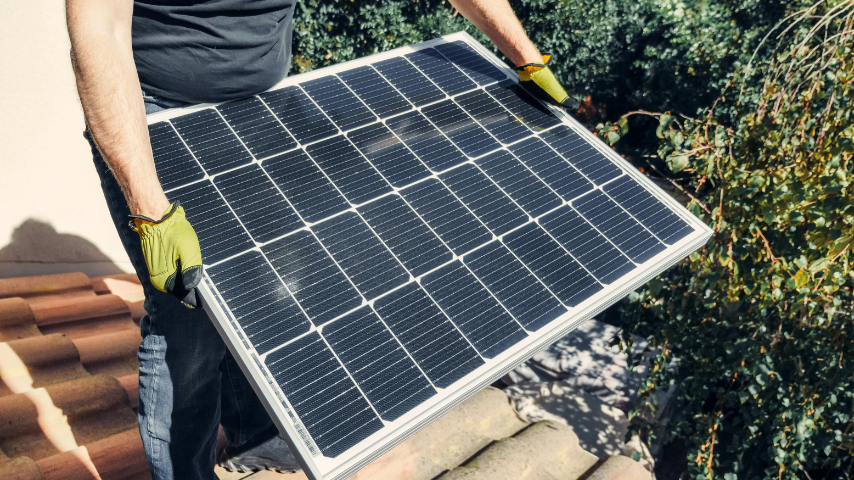Infographic: Solar Panels Go On, Electric Bills Go Up
Infographic: Solar Panels Go On, Electric Bills Go Up


The solar rebound effect strives to clarify economic and behavioral incentives of residential photovoltaics and electricity consumption.
It seems that once homeowners place solar panels on the roofs of their homes, they start using more electricity. This simple consequence—called solar rebound effect (SRE)—is a relatively new idea when it comes to residential photovoltaics (PVs) that change the economic and behavioral incentives for electricity consumption.
The unintended consequence called the rebound effect has been studied when it comes to energy efficiency improvements, and is now examined by Matthew Oliver, an associated professor in the School of Economics in Georgia Institute of Technology in Atlanta. The article, “Tipping the Scale: Why Utility-Scale Solar Avoids a Solar Rebound and What It Means for U.S. Solar Policy,” was published in The Electricity Journal.
Research has shown that “the SRE is significant, with estimates ranging from 10 percent to 30 percent of the counterfactual reduction in consumption of conventional, grid-supplied electricity implied by PV system output,” Oliver reported. Moreover, the SRE erodes part of the expected environmental (i.e., carbon reduction) benefit of policy interventions designed to stimulate widespread diffusion of residential rooftop PV technology, his report concluded.
The unintended consequence called the rebound effect has been studied when it comes to energy efficiency improvements, and is now examined by Matthew Oliver, an associated professor in the School of Economics in Georgia Institute of Technology in Atlanta. The article, “Tipping the Scale: Why Utility-Scale Solar Avoids a Solar Rebound and What It Means for U.S. Solar Policy,” was published in The Electricity Journal.
Research has shown that “the SRE is significant, with estimates ranging from 10 percent to 30 percent of the counterfactual reduction in consumption of conventional, grid-supplied electricity implied by PV system output,” Oliver reported. Moreover, the SRE erodes part of the expected environmental (i.e., carbon reduction) benefit of policy interventions designed to stimulate widespread diffusion of residential rooftop PV technology, his report concluded.
